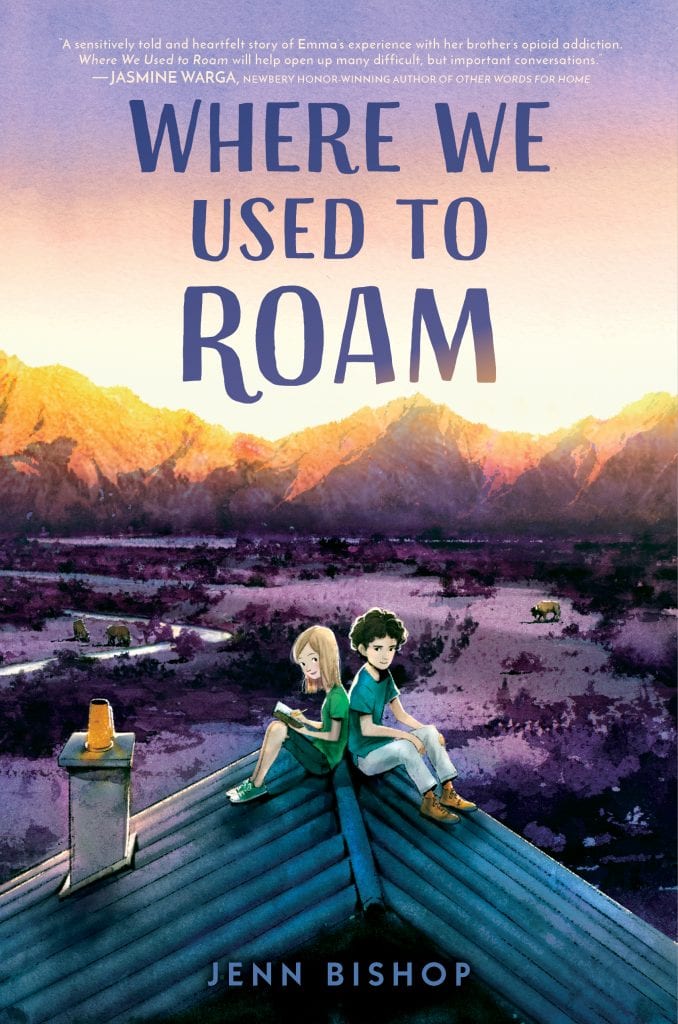In this powerful middle grade novel from the acclaimed author of Things You Can’t Say, a young girl navigates the social growing pains of middle school and struggles to find her place while her older brother fights to overcome opioid addiction—perfect for fans of The Seventh Wish and Waiting for Normal.
When Emma starts sixth grade, things finally begin to change. She may still be in the shadow of her older brother, Austin, the popular high school quarterback, but she’s made artsy new friends who get her way more than her bookish best friend, Becca.
But things are changing for Austin, too. After undergoing surgery for a football injury, Austin has become addicted to opioid painkillers. By the end of the school year, everything blows up with Austin—and Becca. When their parents decide to send Austin to rehab and Emma to stay with family friends in Wyoming for the summer, Emma seizes the chance to get away.
Wyoming turns out to be a perfect fresh start, especially after Emma makes friends with Tyler, a kindred spirit who doesn’t judge her—then again, he doesn’t know what she did to Becca. Still, Emma can’t hide forever…or go back to the way things were with Austin or with Becca. But can she find a way to confront the truth and move forward?
Aladdin / Simon & Schuster
Audiobook published by Tantor Media, narrated by Jennifer Jill Araya
Cover illustration by Ji-Hyuk Kim / 336 pages / Middle Grade (8-12) / ISBN: 9781534457294


